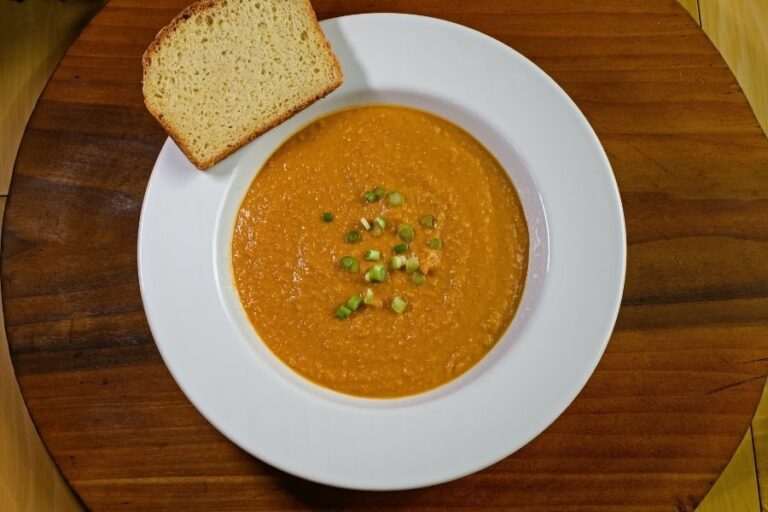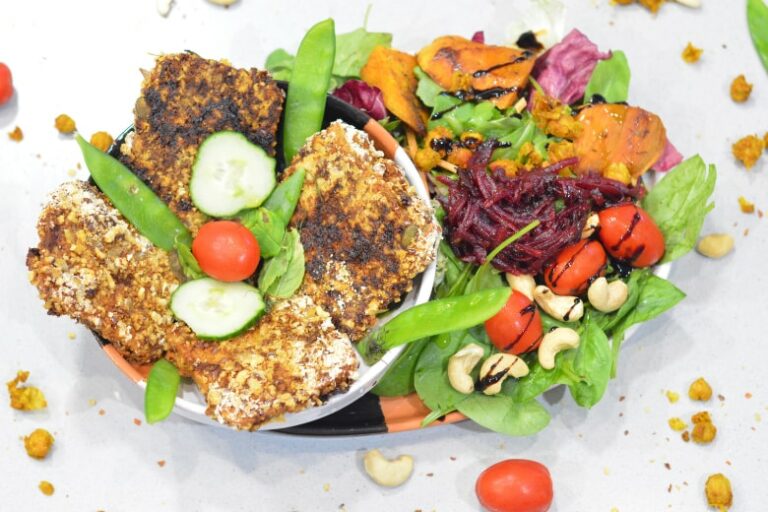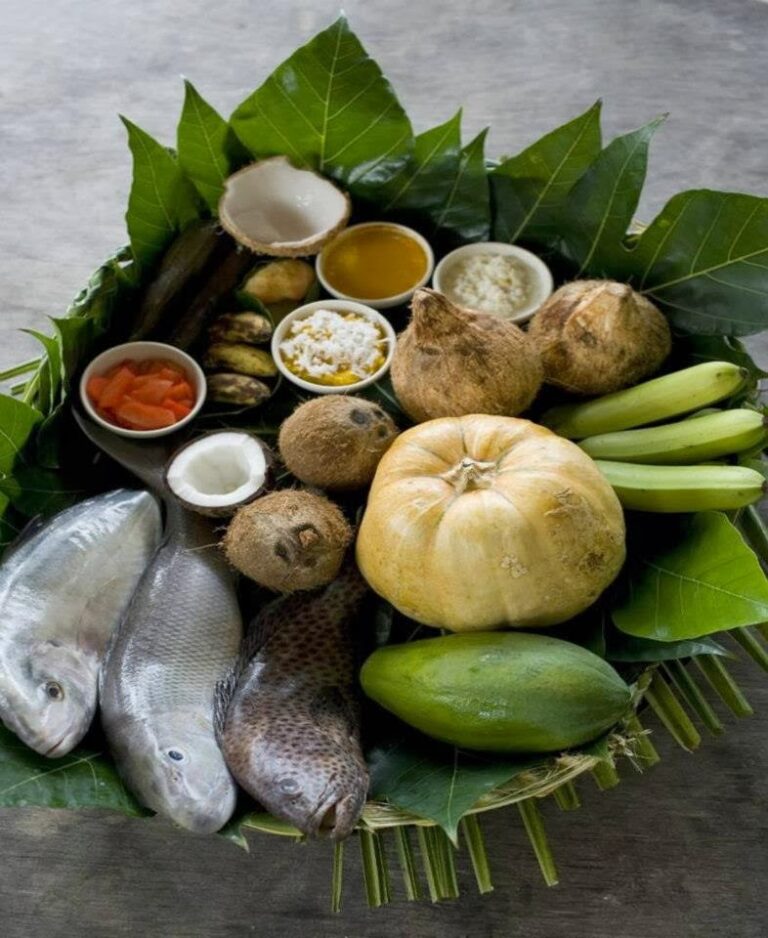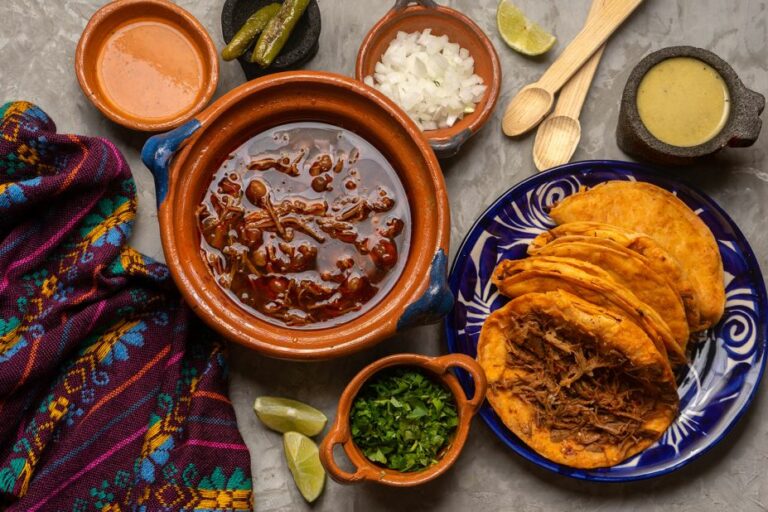Introduction: Malagasy cuisine and dietary habits
Malagasy cuisine is as diverse as the island nation’s population, with regional specialties that reflect the influence of African, Asian, and European culinary traditions. Rice is the staple food in Madagascar, and it is often served with a variety of meats, vegetables, and spices. The country’s dietary habits are also shaped by religious and cultural practices, as well as health-related considerations.
Staple foods and ingredients in Malagasy cuisine
Rice is the primary ingredient in Malagasy cuisine, and it is usually served three times a day. It is accompanied by a range of meats, including beef, pork, and chicken, as well as seafood in coastal areas. Vegetables such as cassava, sweet potato, beans, and leafy greens are also popular. Spices and herbs, including ginger, garlic, lemongrass, and coriander, are used to add flavor to dishes.
Dietary restrictions based on religion and ethnicity
Madagascar is a predominantly Christian country, with a significant Muslim minority. Muslims in Madagascar abstain from eating pork and other non-Halal meats. The Merina people, the largest ethnic group in Madagascar, traditionally avoid eating zebu meat, which is considered sacred. In general, vegetarian and vegan options are limited in Malagasy cuisine, although some dishes can be adapted.
Common health-related dietary considerations
Malnutrition is a significant health concern in Madagascar, and many people struggle to access a balanced diet. To address this issue, various organizations are working to promote the consumption of nutrient-rich foods such as legumes, fruits, and vegetables. In addition, some Malagasy people may avoid certain foods that are thought to cause health problems, such as excessive consumption of fatty or sugary foods.
Malagasy customs related to food and dining
In Malagasy culture, food is often shared communally, with dishes placed in the center of the table for everyone to serve themselves. Eating with one’s hands is common, particularly when eating rice. In addition, it is customary to offer guests food and drink as a sign of hospitality. However, visitors should be aware that it is considered impolite to eat or drink while walking in Madagascar.
Conclusion: Balancing tradition with modern dietary needs
Like many countries, Madagascar is facing the challenge of balancing traditional dietary practices with modern concerns such as health and sustainability. While some aspects of Malagasy cuisine may need to be adapted to meet changing dietary needs, the country’s diverse culinary heritage remains an important part of its cultural identity. By promoting healthy and sustainable food choices, Madagascar can continue to celebrate its rich culinary traditions while ensuring the well-being of its people.










